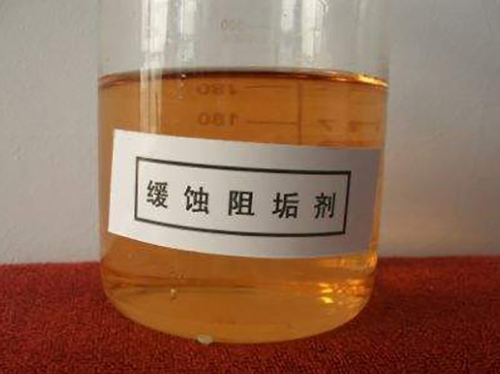Understanding the Benefits and Applications of Bit Isothiazolinone in Modern Industries
Isothiazolinone Understanding Bit and its Applications
Isothiazolinones are a class of chemical compounds widely used as preservatives and biocides in various industries. Among them, BIT (Benzisothiazolinone) has gained prominence due to its effectiveness, broad-spectrum antimicrobial properties, and low toxicity levels. This article aims to delve deeper into BIT, its applications, safety considerations, and the future of this compound in various sectors.
What is BIT?
Benzisothiazolinone (BIT) is an organic compound with the chemical formula C7H5NOS. It is primarily utilized as a biocide in various formulations, including paints, coatings, adhesives, and personal care products. BIT acts as a preservative by inhibiting the growth of bacteria, fungi, and other microorganisms, thereby prolonging the shelf life of products and ensuring their safety for consumer use.
Applications of BIT
1. Paints and Coatings BIT is commonly used in paints and coatings to prevent microbial spoilage during storage and application. Its incorporation into these products helps maintain the integrity and appearance of the coatings, ensuring they remain usable over time.
2. Personal Care Products In cosmetics and personal care items, BIT serves as a preservative to prevent the growth of harmful bacteria and fungi. It is effective in formulations like shampoos, lotions, and creams that may have a high water content, a conducive environment for microbial growth.
3. Adhesives and Sealants The construction and manufacturing industries use BIT in adhesives to prevent degradation by microbes. This is particularly vital in environments with high humidity, where microbial growth can compromise the adhesive's effectiveness.
bit isothiazolinone

Safety Considerations
Like many chemical compounds, BIT is subject to regulatory scrutiny concerning its safety for human health and the environment. The use of BIT has been under review due to potential sensitization and allergic reactions in some individuals. Regulatory bodies, such as the European Chemicals Agency (ECHA) and the United States Environmental Protection Agency (EPA), have established guidelines for its safe use.
In consumer products, concentrations of BIT must be carefully controlled to minimize health risks. Recent studies have indicated that while BIT is an effective preservative, consumers and manufacturers should be mindful of its potential to cause skin sensitization. Hence, dermatological testing and adherence to safety guidelines are essential when formulating products containing BIT.
Future Prospects
As awareness of the ecological impact of chemical preservatives grows, the search for alternative solutions has intensified. While BIT remains a popular choice due to its efficacy, researchers are exploring greener alternatives to mitigate allergic reactions and environmental concerns.
The development of new formulations that incorporate BIT alongside other alternative preservatives could lead to enhanced effectiveness while reducing potential adverse effects. Additionally, ongoing research into the environmental impact of BIT will be critical in shaping its future applications and acceptance.
Conclusion
Benzisothiazolinone (BIT) is a versatile and effective biocide used across various industries, from paints to personal care products. Its ability to inhibit the growth of microorganisms makes it a valuable component for ensuring product longevity and safety. However, safety considerations regarding potential allergic reactions necessitate cautious use and regulatory compliance.
As industries continue to prioritize sustainable practices, BIT's future will likely involve balancing its beneficial properties with the need for safer and greener alternatives. Continued research and development in this field will be invaluable in promoting consumer safety while catering to the demands of various sectors reliant on effective preservation methods. In summary, BIT remains an essential compound in the realm of preservatives, influencing multiple industries while adapting to emerging safety standards and consumer preferences.
-
lk-319-special-scale-and-corrosion-inhibitor-for-steel-plants-advanced-solutions-for-industrial-water-systemsNewsAug.22,2025
-
flocculant-water-treatment-essential-chemical-solutions-for-purification-processesNewsAug.22,2025
-
isothiazolinones-versatile-microbial-control-agents-for-industrial-and-consumer-applicationsNewsAug.22,2025
-
scale-inhibitor-key-solutions-for-water-system-scale-preventionNewsAug.22,2025
-
organophosphonates-versatile-scale-inhibitors-for-industrial-water-systemsNewsAug.22,2025
-
scale-and-corrosion-inhibitor-essential-chemical-solutions-for-water-system-maintenanceNewsAug.22,2025





